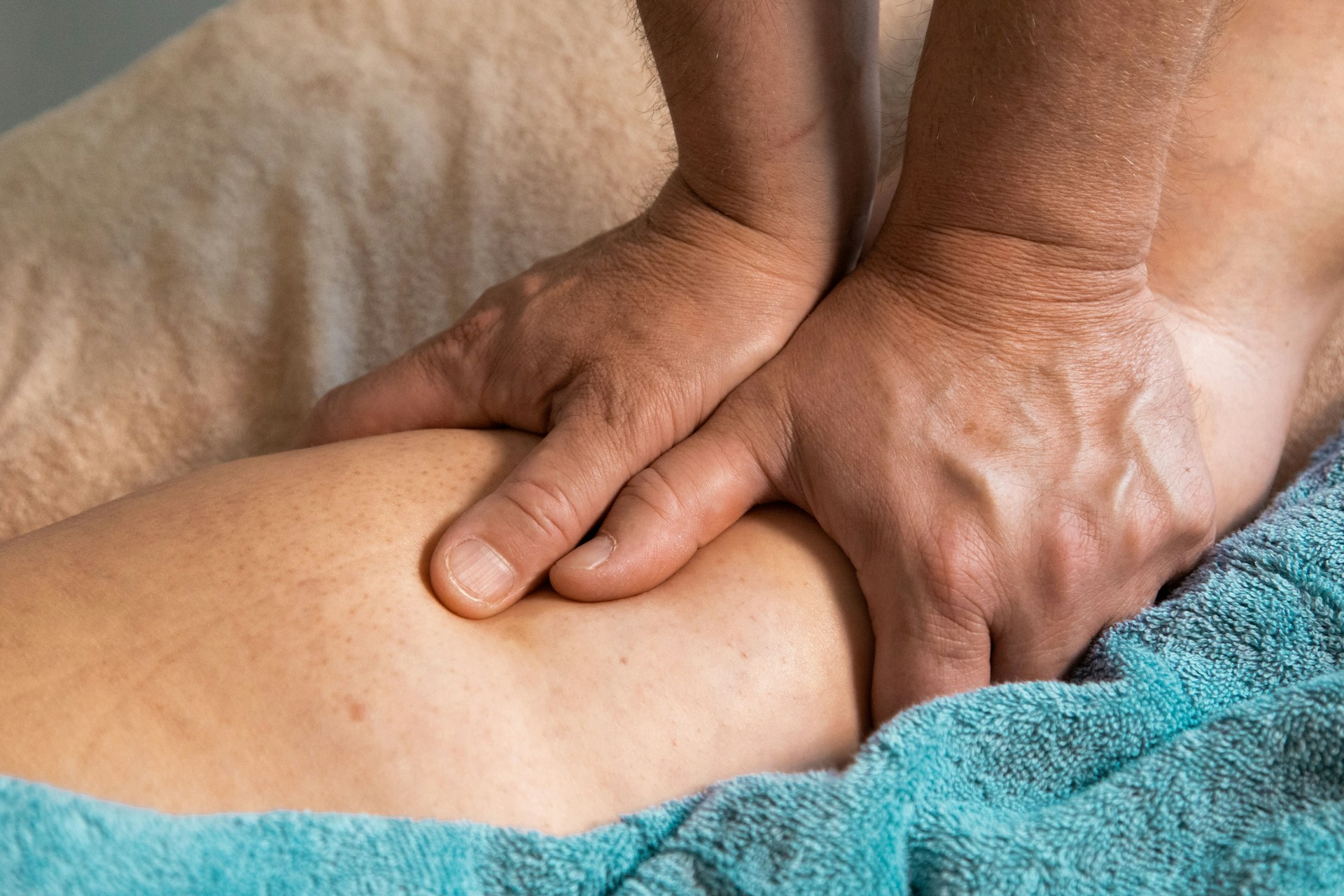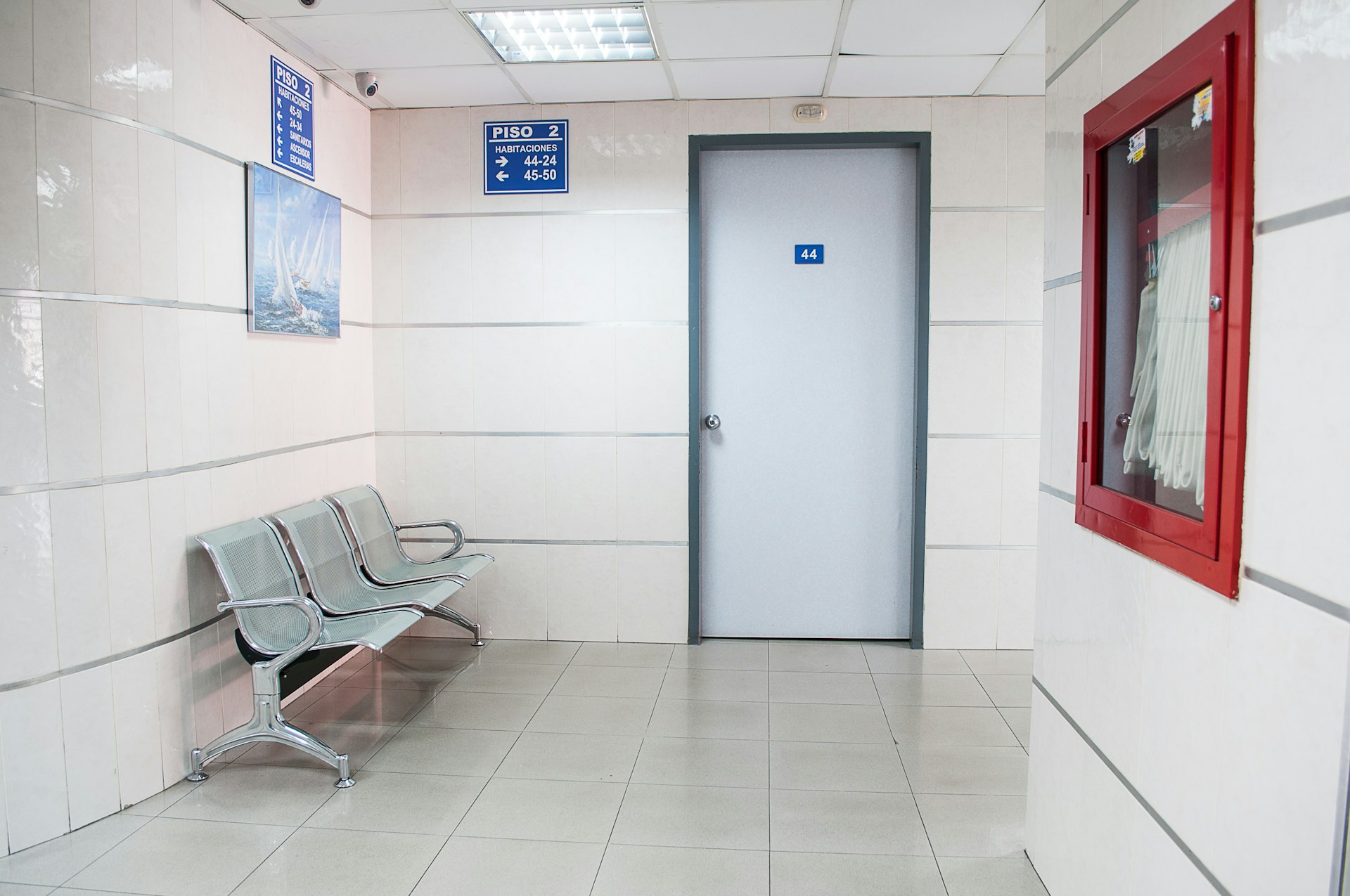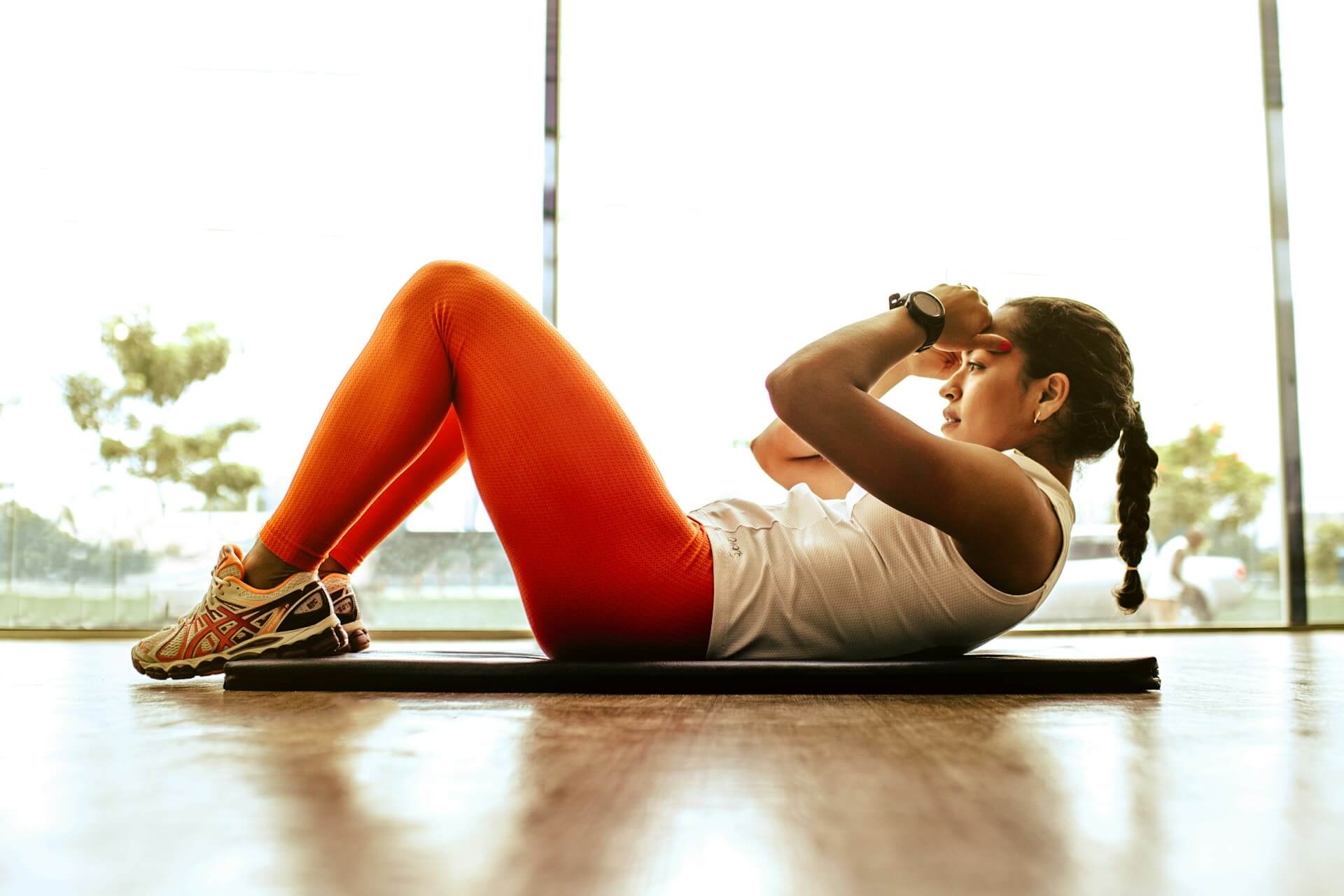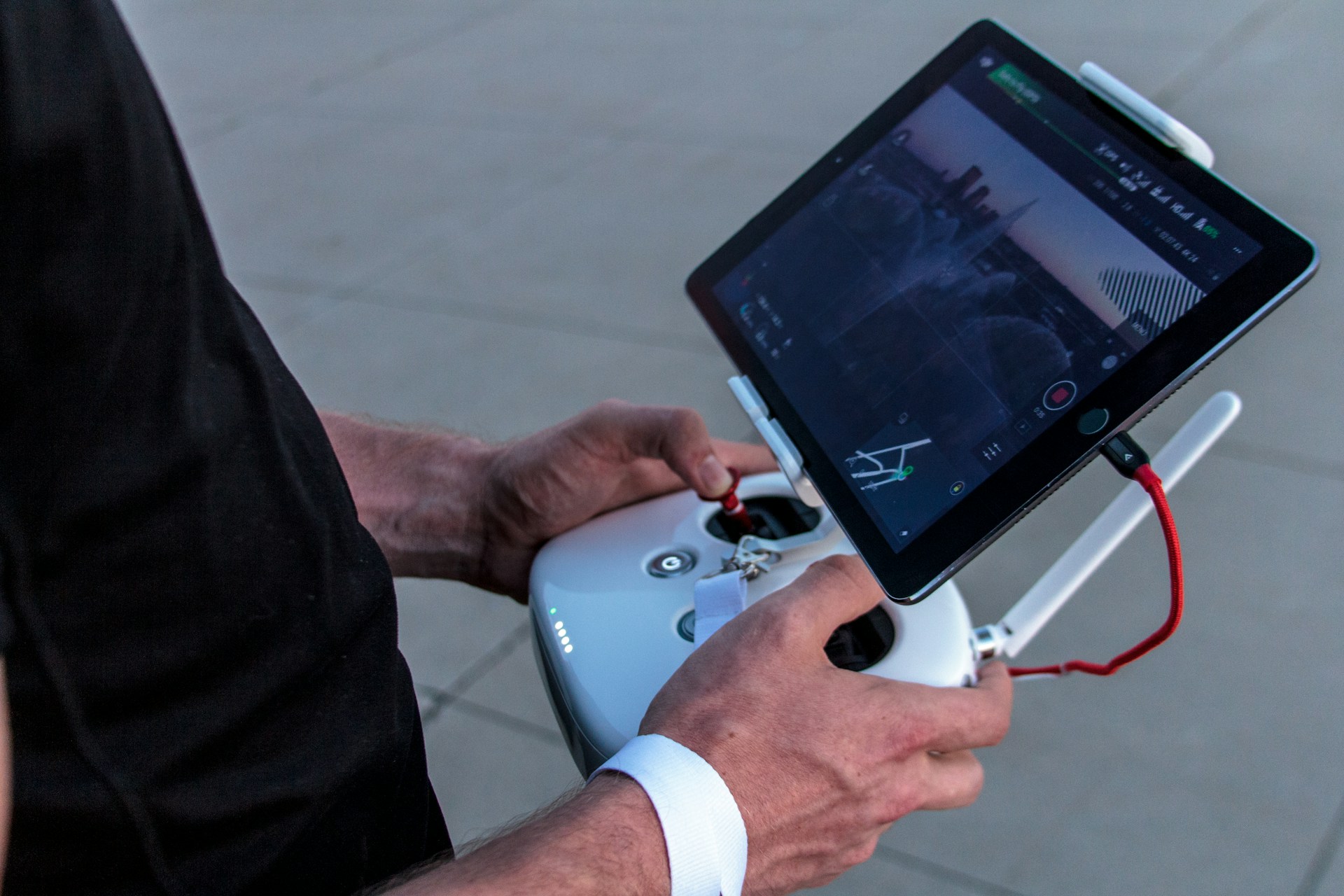Massage therapy is more than just a luxury; it’s a tool for improved health and vitality. From athletes looking to optimize performance to individuals managing muscle tension or discomfort, massage can play a crucial role in promoting circulation and assisting muscle recovery.
This post explores how massage therapy works to benefit these areas and why it might just be the solution you’ve been searching for.
How Massage Enhances Circulation
One of the key benefits of massage therapy is its ability to improve blood flow within the body. Improved circulation has both immediate and long-term benefits for overall health.
Why Circulation Matters
Good circulation ensures that oxygen and essential nutrients are efficiently delivered to cells, while waste products are swiftly removed. Compromised circulation can lead to fatigue, swelling, and even chronic health issues over time.
Massage Techniques That Boost Blood Flow
Certain massage techniques, like effleurage (long, sweeping strokes) and petrissage (kneading), stimulate blood vessels, encouraging increased blood flow. These methods enhance the oxygenation of tissues and help clear toxic buildup in muscles.
Massage therapists tailor their approach to your specific needs, ensuring optimal results whether you’re targeting a specific area or seeking general circulatory benefits.
The Role of Massage in Muscle Recovery
After a workout or injury, your muscles need care to repair and rebuild. Massage therapy can be a critical tool in this process, working hand-in-hand with the body’s natural recovery mechanisms.
Reducing Muscle Tension and Soreness
Strenuous activities can cause microtears in muscle fibers, leading to soreness and stiffness. Massage helps by loosening tight muscles, breaking down adhesions, and releasing knots that could restrict movement.
Techniques like deep tissue massage or sports massage are especially effective for targeting specific muscle groups that may be overworked or injured.
Promoting Healing Through Improved Lymphatic Drainage
Just as massage increases blood flow, it also stimulates the lymphatic system—a crucial part of the body’s immune and waste-removal systems. Enhanced lymphatic drainage means faster toxin removal, reduced inflammation, and quicker recovery.
The Combined Benefits of Improved Circulation and Muscle Recovery
Good circulation and efficient muscle recovery are intertwined, creating a cycle that supports better overall health. Massage therapy contributes to this cycle, ensuring that your body can perform at its best repeatedly.
Beyond the physical benefits, massage also helps relieve stress, which can further aid recovery and support cardiovascular health—completing a holistic approach to well-being.
Types of Massage for Specific Needs
If you’re considering massage to improve circulation or enhance muscle recovery, understanding the different types available can help you choose the best approach for your needs. Here are a few examples of techniques tailored for specific goals:
1. Relaxation Massage
This technique uses gentle, long strokes to improve general circulation and reduce stress. Ideal for those looking to relax while still reaping circulation benefits.
2. Deep Tissue Massage
Perfect for addressing chronic muscle tension or pain, deep tissue massage targets deeper muscle layers to relieve adhesions and improve mobility.
3. Sports Massage
Designed for athletes, this massage improves flexibility, reduces muscle tightness, and speeds up muscle recovery after intense activity.
4. Hot Stone Massage
The application of heated stones promotes muscle relaxation and improves blood flow to targeted areas for a deeply rejuvenating experience.
Additional Benefits of Regular Massage Therapy
While fitness enthusiasts and those recovering from injuries can benefit from massage for circulation and muscle health, everyone from office workers to retirees can experience significant improvements in their overall quality of life.
Here are just a few benefits people report after incorporating regular massage therapy into their routine:
- Better posture due to reduced muscle tension.
- Enhanced joint mobility and flexibility.
- Decreased stress levels for mental clarity and calmness.
- Boosted immune system resulting from improved lymphatic function.
Expert Tips for Getting the Most from Your Massage
- Communicate Clearly with Your Therapist
Always discuss your specific needs and health goals with your massage therapist. Whether you’re focused on improving circulation or targeting a sore hamstring, they can tailor the session accordingly.
- Stay Consistent
One massage session can bring relief, but regular sessions amplify long-term benefits. Create a schedule that aligns with your needs and lifestyle.
- Combine Massage with Healthy Habits
Support massage with proper hydration, stretching, and nutrition to maximize its effectiveness in recovery and overall wellness.
Why Choose Professional Massage Services
When considering massage therapy, always opt for professional services like those offered by trained therapists to ensure you get the most effective and safe treatment.
Professionals understand the complexities of human anatomy and adapt their techniques to address your unique concerns—whether it’s enhancing circulation, recovering from an injury, or simply finding relief from day-to-day stress.
To explore professional massage therapy in your area, this website offers detailed information about expert services tailored specifically to your needs.
Your Path to Enhanced Health Starts Here
Massage therapy is much more than a tool for relaxation—it’s a gateway to better circulation, improved muscle recovery, and overall well-being. By incorporating massage into your routine, you’re investing in a healthier, more resilient version of yourself. Take the next step in improving your quality of life with a regular massage. Your body will thank you.





